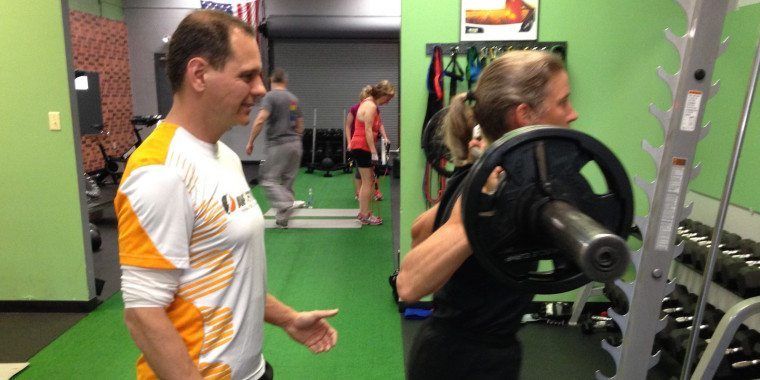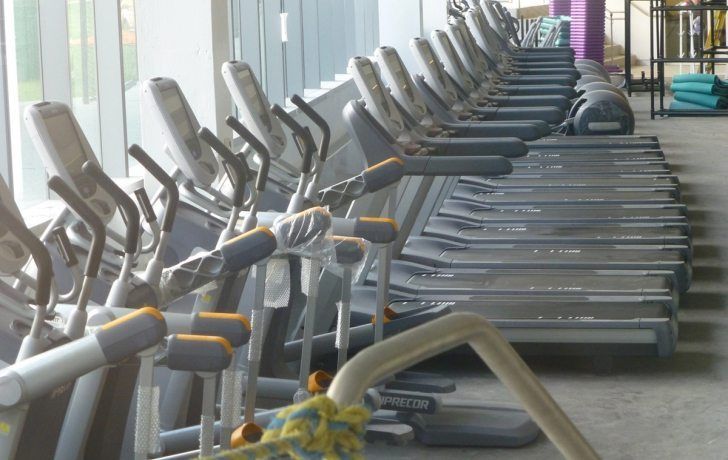There is considerable medical evidence that frequent exercise can play a significant role in preventing cardiovascular disease, type 2 diabetes, obesity and some cancers.
The human body is designed to move, as its approximately 640 muscles and 206 bones are just waiting to get up and get going. Unfortunately, we live in an environment that can be more conducive to sitting in a chair for hours at a time — either while working at a desk, watching television or squinting at a smart phone.
All that sitting, not surprisingly can be detrimental to a person’s health.
Sitting Too Much Is a Health Hazard
The phrase “sedentary behavior,” according to the American College of Sports Medicine, comes from the Latin word sedere, which means, “to sit.” Sedentary behavior is not just a lack of physical activity, but rather a series of behaviors that have negative effects on health. Two major contributors to the obesity epidemic in the U.S. are a lack of physical activity and sitting too much.
Although it may be impossible to completely eliminate time spent in sedentary behaviors, emerging research suggests that interrupting time spent sitting with light activities such as standing or walking, is important for preventing the negative health consequences of sitting too much. Use of height-adjustable standing desks and addition of movement throughout your day can help reduce or break up extended periods of job-related sitting. At home, getting up and moving at least once an hour can also combat the negative effects of sitting too much.
Why Is Too Much Sitting So Harmful?
Scientists now believe that too much sitting impairs the body’s ability to deposit fat from the blood stream into the body.
These constantly elevated blood fats are a risk factor for cardiovascular disease. In addition, researchers have observed that too much sitting during the day impairs the functioning of the body’s healthy cholesterol, known as HDL cholesterol. HDL is the scavenger cholesterol that cleans up plaque sticking to arteries. If healthy cholesterol loses its ability to clean arteries, it will also increase a person’s risk of cardiovascular disease.
Finally, decreases in muscle contractions with prolonged sitting have been shown to reduce insulin sensitivity, which increases the risk for type 2 diabetes. Science indicates that moving more during the day, in addition to getting the daily 30 minutes of moderate-intensity activity on a daily basis, is necessary to lower one’s risk of cardiovascular disease, type 2 diabetes, and other causes of mortality.
What You Can Do
Some activities you can do at work to get moving include:
- Take a walk break every time you take a coffee or tea break.
- Whenever possible stand up as opposed to sitting down.
- Stop at the park on your way home from work and take a walk.
- Walk to a co-worker’s desk instead of emailing or calling her/him.
- Take the stairs whenever you can.
- Schedule short breaks into your electronic calendar as reminders to move.
Outside of work, you can get moving by:
- Take a family walk after dinner.
- Get a pedometer and start tracking your steps. Progress up to 10,000 steps or more a day.
- Walk your dog daily.
- Pace the sidelines at your kids’ athletic games.
- Try standing and moving whenever you are talking on a cell phone.
- Play with your kids 15-30 minutes a day.
Start a workout program like our exclusive AMP Fitness Express 30 workout, an action-packed session that provides all the benefits of a 60-minute workout in half the time; or our exclusive Clique 30 workout, which brings the best of personal training, functional training, boot camp and cardiovascular training together in one fat-busting, muscle-toning, cost-effective program in just 30 minutes!
Ready to get moving? Call us today at 216-831-3674 or email us at
info@ampfitness.com.












